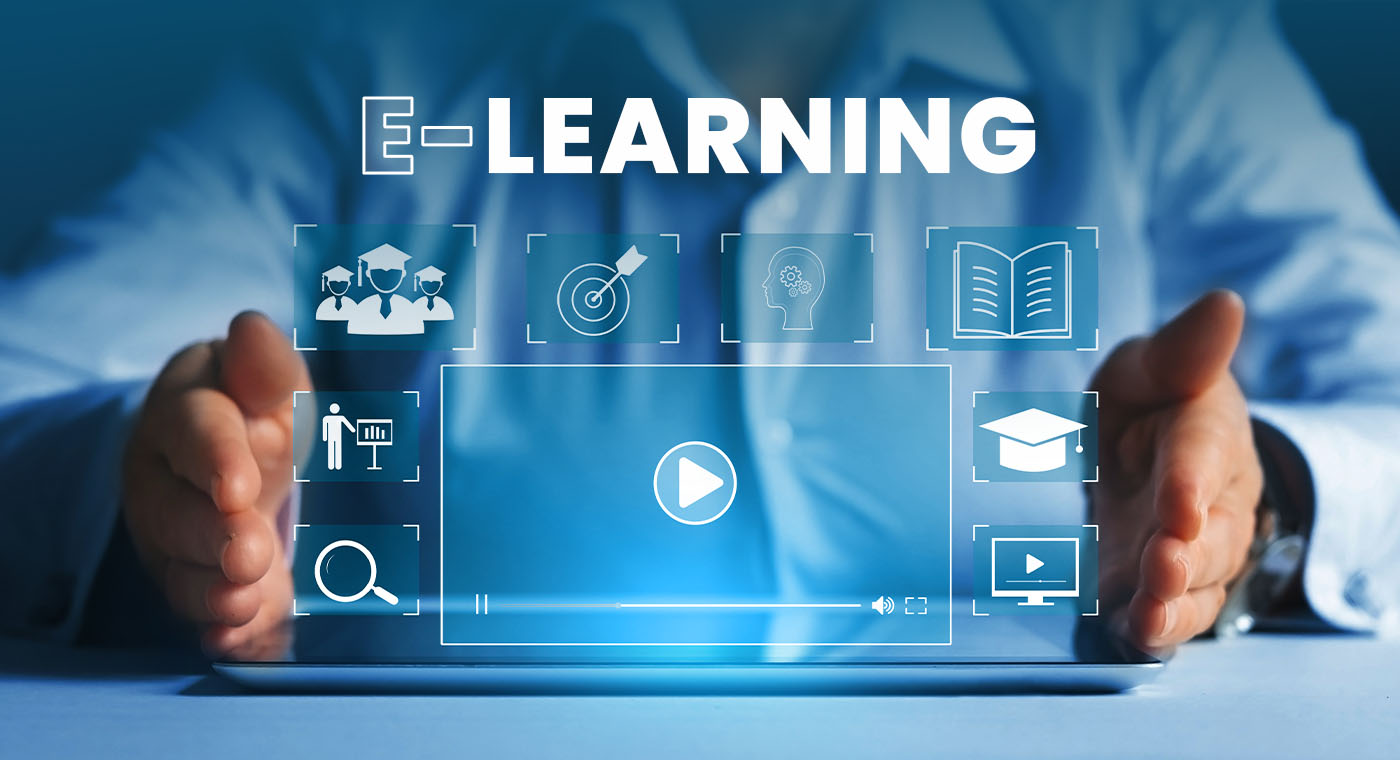In today’s changing world, education e learning development is indeed transforming student and instructor connections in the current transforming world. The physical classroom is no longer the sole domain for acquiring knowledge. Technology has made its presence felt, with new methods of instruction that are quite adaptable. Digital platforms and tools are transforming learning to make it more innovative and accessible.
- Shattering the Barriers of Space: E-learning has shattered the boundaries of the class. Students are able to access their lessons at home, school, or anywhere the internet can be accessed. This implies that learning is no longer localized. Educators can reach students from city to city or country to country. This can give everyone the liberty to study in their environment, without mobility or rigid timing.
- Increased Emphasis on the Learner: Unlike traditional teaching where all methods were the same, electronic learning platforms enable learners to study at their own pace. Some complete lessons faster, while others complete them in due time. By using videos, audio clips, games, and quizzes, learning is more enjoyable and easier to grasp. This keeps learners very much engaged and enables them to learn better.
- Assisting Teachers to Do More: Teaching is also becoming simpler for educators to pass on lessons and monitor progress. Educators can upload videos, administer online tests, and get immediate feedback. This is time-saving and provides them with additional means of assisting every student. Teachers can also provide feedback promptly using digital tools, making the learning experience smooth and transparent.
- New Skills for the Future: The contemporary classroom is not merely books. E-learning teaches students about computers, software, and computer-based thinking. These are requirements in most contemporary occupations. By studying through digital channels, students also become more adept at working with technology, thinking critically, and solving problems independently.
- Student Engagement: There are a lot of students who feel bored in a conventional classroom. In e-learning, lessons are brighter and more dynamic. There are animations, activities to complete, and problems to solve. This enhances the learning period to be more enjoyable. Students listen more and are eager to engage in lessons.
- Making Education More Inclusive: Not everyone learns the same. Some of them have special needs or experience other difficulties. Online learning makes it possible for teachers to employ various means that suit every learner. A student who is unable to hear can listen to a video with subtitles. Another student with slow learning can review lessons several times. This renders education equal and accessible to more individuals.
- Improved Use of Time and Resources: Schools usually don’t have enough books, materials, or room. A single lesson created online can reach many students. No printing is necessary, and no storage space is needed. The teacher can easily reuse and revise content, both saving time and money.
- A Transition in Roles for Teachers and Students: In the virtual classroom, teachers are guides more than anything. They point the way, but students are discovering and learning with tools. This promotes independence in students. They are no longer merely listening but engaging in their learning process. Teachers assist and guide, but the student has more control.
Conclusion
The role of the classroom is changing because of e learning development for education. With digital methods, learning is reaching more people, becoming more fun, and preparing students for the real world. This change is not just about using screens—it is about creating smart learners who are ready for the future.




